EPA’s Proposed Veto of Alaska’s Pebble Mine in Line with Past Uses of Clean Water Act
Legal experts say process should provide certainty, not worry, for developers.
By Codi Kozacek
Circle of Blue
Restrictions proposed by the U.S. Environmental Protection Agency this month would ban the development of the proposed Pebble Mine in the headwaters of Alaska’s Bristol Bay Watershed. Moving to protect the world’s largest wild sockeye salmon fishery, the agency took the second step in a rarely used process under the Clean Water Act that gives the EPA authority to veto permits for development projects.
The EPA’s “proposed determination” recommends that permits not be issued if a mine project within the Pebble deposit — a cache of low-grade ore weighing in at close to 6 billion metric tons that contains copper, gold, and molybdenum — would result in any of the following:
-
- 1. The loss of eight or more linear kilometers (five miles) of streams with documented salmon occurrence.
- 2. The loss of 30.5 or more linear kilometers (19 miles) of streams that are tributaries of streams with documented salmon occurrence.
- 3. The loss of 445 or more hectares (1,100 acres) of wetlands, lakes, and ponds associated with salmon streams.
- 4. Streamflow alterations greater than 20 percent of daily flow in 14.5 or more linear kilometers (nine miles) of streams with documented salmon occurrence.
The proposal is the second step in the controversial 404 (c) process that the EPA initiated in February, after completion of a three-year scientific study on the effects of mining the Pebble deposit in the Bristol Bay Watershed. In accordance with the statute, the restrictions must undergo a public comment period, as well as a period of consultation with the U.S. Army Corps of Engineers and the project developers, before they can be finalized by the EPA administrator.
The restrictions come in response to plans by Vancouver-based Northern Dynasty Minerals to construct and operate a large open-pit copper mine at the Pebble site. Though Northern Dynasty has not filed a mine plan or permit application with the Corps of Engineers in the 11 years it has been pursuing the Pebble project, plans that it filed with the Securities and Exchange Commission in 2011 outlined a 1.8 to 5.8 billion metric ton mine — one of the largest of its kind in the world.
The mine has faced stiff opposition from environmental groups, Native American tribes, and local communities because of the damage it could cause to wild salmon fisheries in the pristine Bristol Bay Watershed. The EPA’s restrictions, if approved, would stop development of a mine that is just one-eighth the size of the smallest mine that is proposed by Northern Dynasty. However, they are not an outright veto of mining in the Pebble deposit and would not necessarily preclude a smaller mine or a mine designed to avoid the outlined damages.
“This is a very narrowly tailored action,” Dennis McLerran, administrator of EPA Region 10, told reporters in a press conference. “It is all about the unique and very special nature of the Bristol Bay Watershed and the location of the Pebble deposit.”
“[The restrictions] don’t have any regulatory effect anywhere else in Alaska or anywhere else in the country,” he added.
Worries About Precedent
Northern Dynasty, the affiliated Pebble Partnership, and the state of Alaska filed a lawsuit in April in federal court alleging that the EPA is overstepping its authority by proposing restrictions before concrete plans and environmental impact statements for the mine have even been filed. They argue that the EPA’s action will set a precedent for future mine vetoes and impede development in the state.
“EPA’s attempt to pre-emptively impose conditions on future development at Pebble in the absence of completing an Environmental Impact Statement (“EIA”), as is required of every major development project in the United States, is causing significant and even critical harm to our business interests and our abilities to fairly advance our project,” Northern Dynasty said in a press release. “For this reason, we fully intend to continue our litigation against EPA in order to halt the pre-emptive and unprecedented regulatory process under Section 404(c) of the Clean Water Act, and invalidate the conditions proposed by EPA Region 10.”
The EPA has initiated the 404(c) process just two times before a permit application has been filed with the Corps of Engineers. Moreover, the agency was sued and criticized the last time that it used 404(c) — for West Virginia’s Spruce Mine — because it issued a veto late in the process, after a permit had already been granted by the Corps.
Speaking at a press conference, the EPA’s McLerran said that the agency has decided to act now in order to alleviate the uncertainty that the Bristol Bay community has faced for the past 11 years. Further, if the EPA’s proposed restrictions for the Pebble deposit are approved, they will not stop Northern Dynasty from submitting a permit application, and this process could serve as a useful guide.
“The statute under which they’re operating simply says that they can issue a veto; it doesn’t say anything about the timing,” Holly Doremus, director of the Environmental Law Program at the University of California, Berkeley, told Circle of Blue. “So in that sense, there’s not a statutory constraint. I would think, from the point of view of those being permitted and from the point of view of the Corps of Engineers, it’s better for EPA to say up front, ‘This is what it takes to get past our review.’”
Both Doremus and Bill Andreen, professor at The University of Alabama School of Law and a former counsel to the EPA, said that, judging by the EPA’s track record, the agency is not likely to start issuing a flood of vetoes on development projects.
“This is strong tonic and I don’t think they are going to do it with tremendous regularity,” Andreen told Circle of Blue. “When it needs to be done, the agency needs to have the resolve and the vigor to do it, and they’ve done it here.”
Clear Statutory Authority
The EPA’s authority to restrict or veto permits for the disposal of waste material into lakes, wetlands, and streams is explicitly laid out in the Clean Water Act, and its use of the section 404 (c) process for the Pebble deposit is in line with its previous actions under the clause, according to legal experts.
“There is nothing run-of-the-mill about the 404 (c) veto power because there is no mill,” Doremus said.“However, this is well within the statutory constraints that apply.”
In its 42-year history, a veto has been issued just 13 times under section 404(c). Vetoes have been used to stop projects ranging from shopping malls to aquaculture facilities, and they have been issued under administrations from both political parties. Only the most recent action—regarding the expansion of a mountaintop-removal mine in West Virginia in 2011 — dealt with extractive industries.
The power serves as an outside check on the Army Corps of Engineers, which is charged with issuing permits for the disposal of fill material — such as dirt and rock — into U.S. waterways, Andreen said.
“Over the course of the life of section 404, the EPA has, in many instances, been able to use the fact that it ultimately has 404(c) authority to make comments to the Corps at some point during the project development or permitting procedure,” he said. “The fact that it has that ultimate authority has persuaded the Corps in many instances to listen to EPA.”
An Ongoing Process
The EPA’s restrictions on the Pebble development are not final, and could face changes or be scrapped altogether. The public comment period on the proposed determination ends September 19.
The EPA also faces separate investigations by the inspector general and the House Oversight and Government Reform committee regarding its scientific assessment of the Bristol Bay Watershed. Bills aimed at limiting the EPA’s veto authority have been introduced in both the House and the Senate.
Proponents of the veto, however, say that the agency is fulfilling its responsibility under the Clean Water Act to protect exceptional natural resources.
“The EPA is going through the 404(c) process itself in a very careful and open fashion,” Joel Reynolds, Western director and senior attorney for the Natural Resources Defense Council, told Circle of Blue. “It’s clear that the Pebble Limited Partnership and the state of Alaska don’t like it, but that’s because they want to put what would be one of the largest mines in the world at the headwaters of one of the greatest wild salmon fisheries on the planet.”
“The EPA received several petitions from the tribes and other community representatives [in Bristol Bay] asking for intervention,” he continued. “They have investigated those petitions, they have done a comprehensive scientific assessment of the effects of large-scale mining in the Bristol Bay Watershed, and they have concluded that limitations are necessary to protect natural resources that are enumerated in the [404(c)] statute. That’s reasonable, it’s sensible, and it’s entirely legal.”
A news correspondent for Circle of Blue based out of Hawaii. She writes The Stream, Circle of Blue’s daily digest of international water news trends. Her interests include food security, ecology and the Great Lakes.
Contact Codi Kozacek

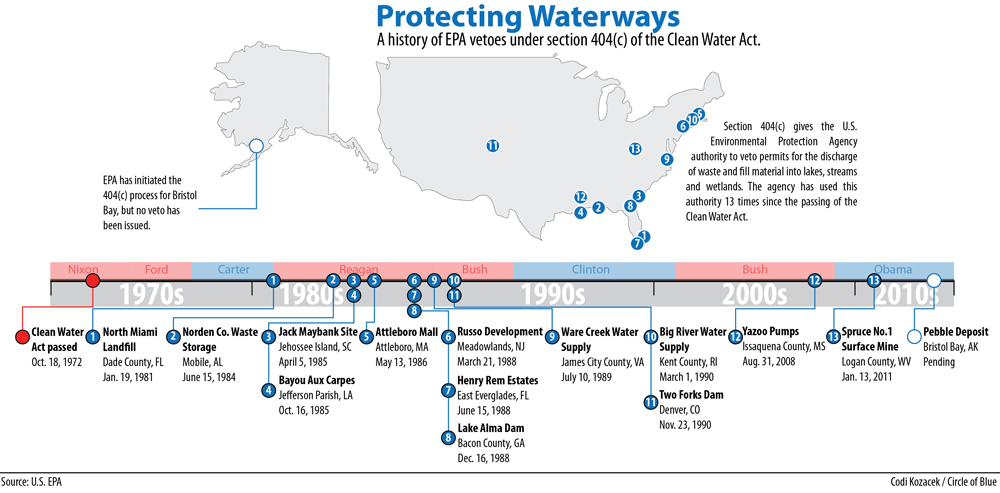
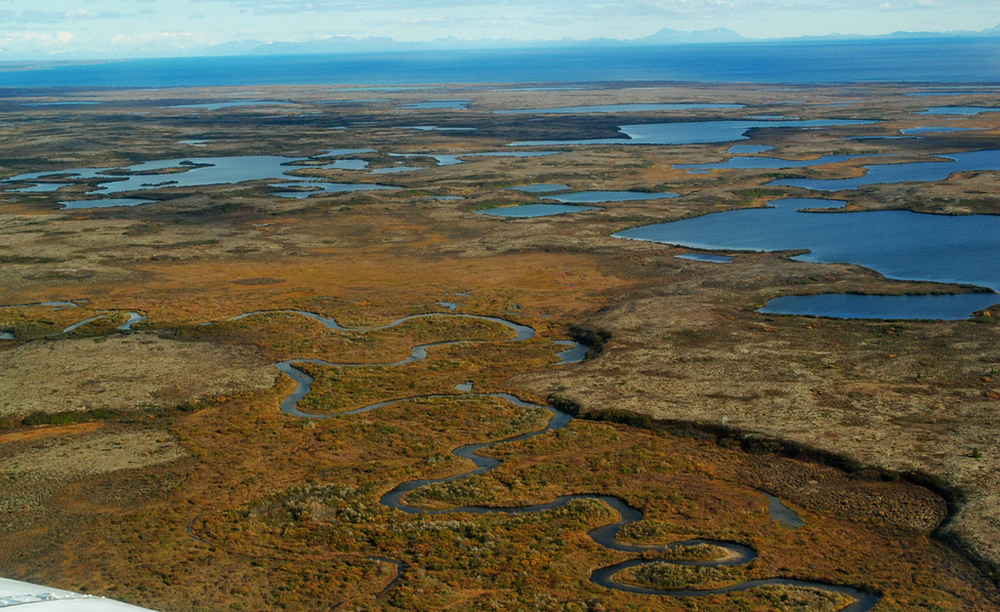
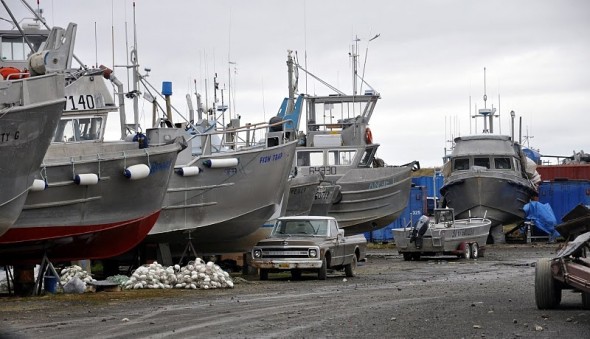


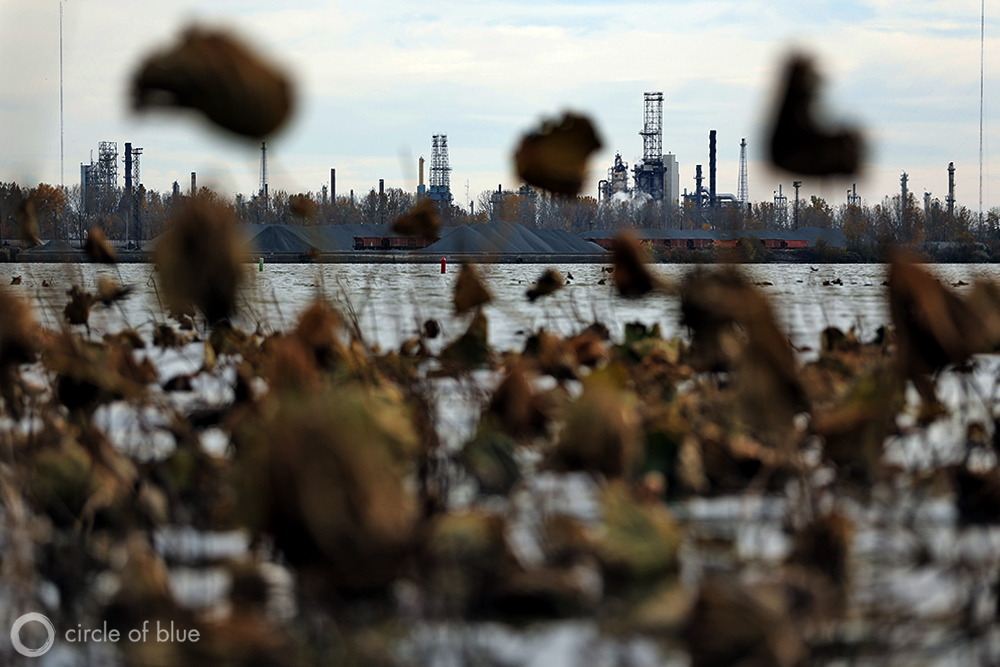
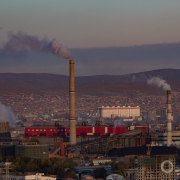
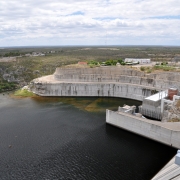
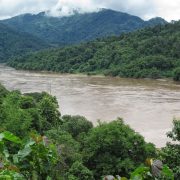




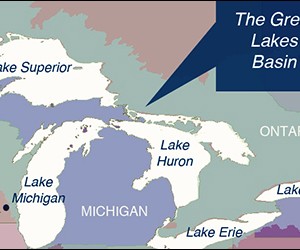
Leave a Reply
Want to join the discussion?Feel free to contribute!